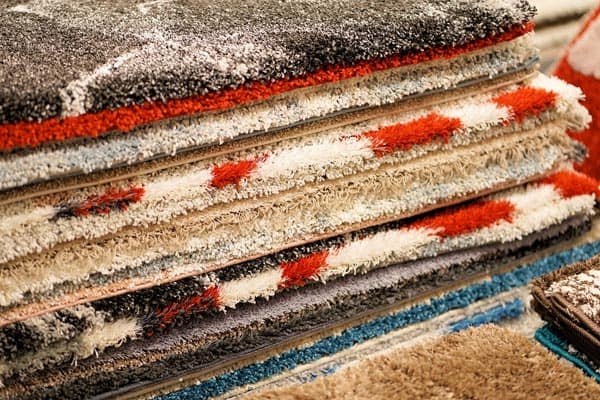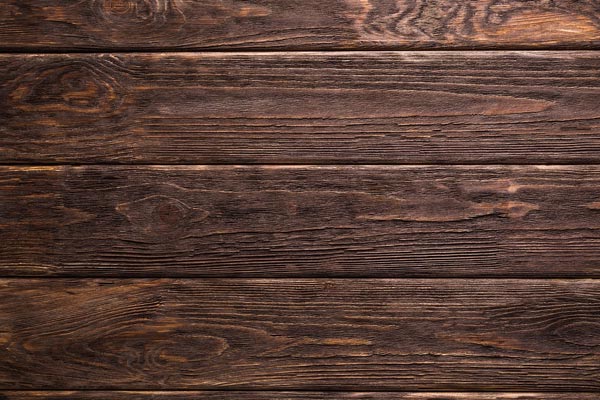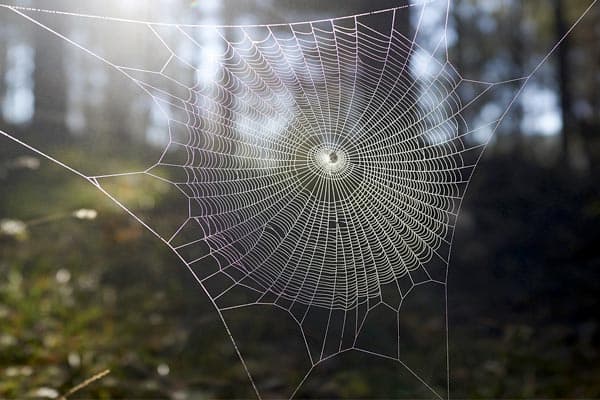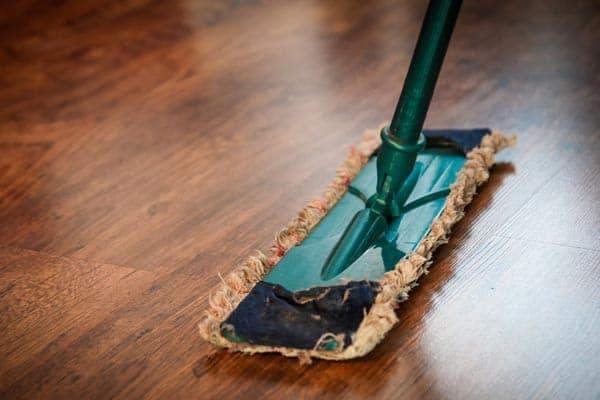6 Tips to Unclog a Bathtub Drain Full of Hair
We’ve all tried to take a bath or shower only to find out that the drain has a stubborn clog, and this is extremely frustrating.
Out of every drain in your home, the bathtub drain is arguably the one that gets the most use because soap, hair, shampoo, and shower gel regularly flow through it.
This can eventually lead to clogs, and you may wonder what the best way is to remove a hair clog out of your bathtub drain.
You can use a hair snake, baking soda and vinegar, plunger, bleach, or drain cleaner to remove the hair from your drain, starting with one method and working through the list if the first one you try doesn’t work.
Prevention is also key since it’s almost impossible to prevent clogs since you’re going to shower or take a bath, and someone in your home most likely has hair.
If you’re struggling with a frustrating clog, we’ve put together a small list of both natural and chemical fixes for your drain. You can try one or try them all and see which ones become your new go-to method to get your drains working once again.
1. Vinegar and Baking Soda
Vinegar and baking soda are a powerful combination that can force a hair clog out of the drain, and it’s very popular with people who prefer natural cleaning methods over chemical-based ones.
You’ll start the process by boiling a small pot of water on your stove before pouring it into the drain and waiting for 60 seconds. While you wait, you have time to mix up a quarter of a cup of baking soda with a cup of vinegar.
After the minute goes by, you can pour your baking soda and vinegar down the drain to cause a reaction that will help push the clog out.
Allow it to sit for 15 to 20 minutes before pouring another cup of boiling water down the drain. Check and see if the water drains better. If it does, there’s a good chance that this method worked.
2. Bleach
Bleach won’t make a mess out of your plumbing if you use it, and it’s great for dissolving hair because hair has acidic properties to it, while bleach is a basic chemical.
This creates a neutralizing reaction between the hair and the bleach to help move the clog. You can use bleach by pouring a cup of it into the drain and allow it to sit for half of an hour to start working on dissolving the hair.
If you run water after 30 minutes and notice that it’s still not draining well, you can repeat the process and see if it makes it even better.
Bleach isn’t as expensive as some bottled drain cleaners while being a lot more efficient. You do want to make sure that you protect your eyes and skin before you use bleach to prevent eye irritation and skin burns.
3. Salt and Baking Soda
If the first method using baking soda and vinegar didn’t work, you can try this one with baking soda and salt to try and remove the clog from your drain. Start by mixing half of a cup of salt with a cup of baking soda and pour it down the drain. This is a slower method as you’ll want to leave it sitting overnight on the clog.
As the salt and baking soda are sitting overnight, it’ll fizz several times and start breaking down the clog a little at a time.
In the morning, you boil two cups of water and pour it down the drain before leaving it to sit for 10 to 15 minutes. Your clog should be gone by now, and you can monitor and see if you need to try another method.
4. Snake
One of the older methods for removing hair from your drain that has a relatively high success rate is to use a snake, and it’s a great alternative if you don’t want to try and pull the clog out with your hands.
If you don’t have a snake at home that you can use for this process, you can unbend a wire hanger and thread it down your drain to try and hook the clog.
Anything that has a curved, firm end can work well to snag the hair clog and pull it out, like a plumber’s snake.
The snake is a very thin, plastic tool that has several notches along the body of the tool that goes down the drain, twist it, and you can use it to pull the hair back up and out of the drain.
It’s relatively easy to find out where the clog is because it’ll be more difficult to thread the snake down, and this is usually a good indicator that you have the ball of hair snagged.
5. Liquid Drain Cleaner
Eventually, you’ll get through the list, and you’ll either manage to remove the clog or be ready to go onto more harsh avenues like chemicals.
There are a host of liquid drain cleaners available, and you can pick out one or two and pour them down the drain to see which ones work best. Some are liquid, and some are gel, but you want to be careful, so it doesn’t splash back on you.
6. Plunger
Remove the drain cover and run the faucet before you place the plunger over the top of the drain.
The goal is to get a very good seal around the drain with the plunger submerged before you plunge the drain vigorously. This pressure should loosen up the clog to make it easier to flush it down.
Next, you want to turn off the water and look for a clog. If you see it, you should put a glove on and remove the hairball. Run the water for a second time to verify that the clog is gone. The water should drain relatively quickly if the clog is gone.
Prevention Tips to Stop Drain Clogs
The biggest thing you can do to avoid having a large clog in your drain is to be more aware of the amount of hair that goes down it.
Shedding your hair is unavoidable, but it shouldn’t all have to go down your drain, and there are simple things you can do to keep your drain in good shape. These things include:
- Buy a drain hair catcher or screen and put it over your drain. It may not look fabulous, but it can catch hair before it goes down the drain.
- When you shave, run the tap to flush down the hair as you go. The more you flush out the drain, the better off it is.
- If you have a drain screen, make sure you clean it after you use the bath or shower.
- Brush out your hair before you shower.
Bottom Line
Cleaning out your drain can be a hassle, especially if you have a large clog that seems impossible to remove from your drain. You don’t want to damage your pipes, but you can try the options we outlined to see which ones work to dissolve the clog.
If all else fails and the clog refuses to budge, it could be time to call in a professional and have a plumber come and take a look. This way, they can clear out any clogs, check your pipes, and ensure everything is in good shape.






